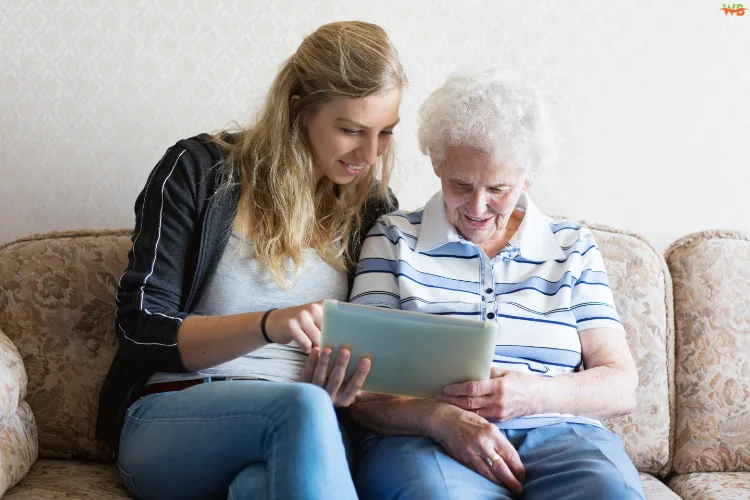Caring for a loved one can be both rewarding and overwhelming, especially when managing their care directly. Programs like https://healthaide.org/, which specialize in the Consumer Directed Personal Assistance Program (CDPAP), empower family caregivers by offering resources and support that make providing care easier and more manageable.
Understanding the Role of Family Caregivers
Family caregivers assist with essential tasks, including personal care, medication management, and transportation. While fulfilling, this role often leads to physical and emotional exhaustion. Accessing reliable resources and services can help caregivers navigate their responsibilities and maintain their well-being.
Essential Tips for Family Caregivers
1. Explore CDPAP for Personalized Support
Programs like CDPAP allow caregivers, including family and friends, to get paid for providing care to their loved ones. Learning about this program can relieve financial stress and provide valuable professional support.
2. Develop a Comprehensive Care Plan
Outline your loved one’s medical needs, routines, and contacts. A structured plan ensures organized care and helps coordinate efforts among family members and healthcare providers.
3. Maintain Organized Records
Keep track of medical histories, appointments, and medications. Digital tools or caregiver apps can simplify this process and reduce the risk of errors.
4. Prioritize Self-Care
Caregivers must care for their own physical and emotional health. Set time aside for rest, join a support group, and seek respite services when needed.
5. Use Technology to Simplify Tasks
Telehealth services, medication reminders, and digital calendars can reduce the burden of daily caregiving tasks and improve time management.
Helpful Resources for Family Caregivers
It’s essential to have access to support networks and tools tailored to your needs. Explore Helpful resources for family caregivers, such as Medicaid programs, local respite care services, and caregiver support groups to ease the challenges of daily care.
Understanding Financial Assistance Options
Programs like CDPAP, allow caregivers to receive compensation for their work, which can alleviate financial burdens while providing essential care. Medicaid and veterans’ benefits may also offer additional support options.
Health Aide Inc. serves as a trusted partner in caregiving, specializing in CDPAP services that let loved ones become paid caregivers. They handle Medicaid payment processing and administrative tasks, allowing caregivers to focus on providing compassionate care.
Final Thoughts
Family caregiving can be demanding, but with the right tools, resources, and professional support, it becomes more manageable. Expert services like Health Aide Inc. ensure caregivers have access to the guidance, financial support, and resources they need to succeed in their vital role.
FAQs for Family Caregivers
1. How can family caregivers manage caregiving responsibilities while working a full-time job?
- Balancing work and caregiving can be challenging. Consider discussing flexible work arrangements with your employer, such as remote work or adjusted hours. Utilizing home care services during work hours can also ensure your loved one receives care while you focus on your job.
2. What legal documents should family caregivers have in place?
- It’s important to secure documents like a power of attorney, advance healthcare directive, and a will. These legal tools ensure you can make decisions on behalf of your loved one if they are unable to do so. Consulting an elder law attorney can help with proper documentation.
3. How can family caregivers manage conflicts with other family members regarding care decisions?
- Open communication is key. Schedule family meetings to discuss care responsibilities, financial contributions, and medical decisions. Keeping everyone informed and involved reduces misunderstandings and fosters cooperation.
4. What steps can family caregivers take if their loved one refuses help?
- Resistance to care is common. Approach conversations with empathy and patience. Try involving a trusted healthcare professional to explain the need for assistance. Sometimes, gradual changes and involving the loved one in decision-making can ease the transition.
5. How can family caregivers prepare for emergencies?
- Create an emergency care plan that includes a list of medications, doctors’ contacts, and nearby hospitals. Keep this information easily accessible. Also, consider installing emergency alert systems or wearable devices to ensure quick response during critical situations.

I’m Salman Khayam, founder of Wellbeing Junction. I synthesize trusted information from research and expert guidance to create clear articles across health, wellness, and lifestyle topics.
Disclaimer: Content is for informational purposes only and is not medical advice. Consult a qualified expert regarding personal health or specialized questions.




